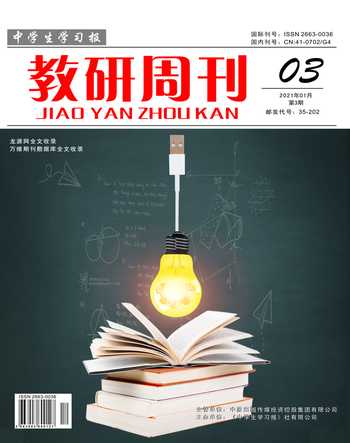An analysis of China's state owned enterprises and financial system reform
2021-09-10王涵
王涵
Abstract: Based on the background of financial system reform, this paper analyzes the current situation of state-owned enterprises and financial system, the necessity of reform and the adjustment of financial system reform. This paper points out the root causes of the problems of state-owned enterprises, and performs the responsibility of providing services for national enterprises through the financial system.
Key words: state owned enterprises, financial system reform
1. Current situation of state owned enterprises
According to the statistics of state-owned assets, the total value of assets of state-owned enterprises in China is 1986.992 billion yuan, double that of 2000. The Ministry of Finance publishes statistical data of state-owned assets to the whole society every year to reflect the scale and changes of state-owned assets in recent years.
2.The necessity of the financial system reform of state-owned enterprises
The main problems faced by the state-owned enterprises in China are serious losses and declining profitability. Generally speaking, the economic efficiency of the state-owned economy is low, showing a downward trend. The net turnover rate was 6.0%, and the net asset value of China's industrial enterprises was 8.4% (China Industrial Economic Statistical Yearbook, 2002), with an alarming decline; At present, the key and difficult point of China's economic reform is undoubtedly the reform of the financial system. Under the pressure of China's accession to the WTO, China's financial system is likely to face huge financial risks.
3. Adjustment of financial system reform of state owned enterprises
In recent years, with the implementation of the policy, the number and distribution of public owned enterprises have undergone significant changes. At the 15th National Congress of the Communist Party of China, we put forward the economic development plan of restructuring the state-owned economy and reorganizing the state-owned enterprises. Its main goal is to promote the development of the state-owned economy and carry out financial reform in the industries and departments related to the lifeline of the national economy, that is, the financial reform in the industries related to the state, natural monopoly, key science and technology industries, important basic industries and high-tech industries. However, for other industries and departments, especially the overall competitive industries, they must gradually decline and shrink. From the above data, we can see that the layout of state-owned enterprises in China is undergoing strategic adjustment: state owned assets are rapidly accumulated in large-scale state-owned enterprises, creating almost all the profits of state-owned enterprises.
(北京工商大學嘉华学院 北京 101118)
